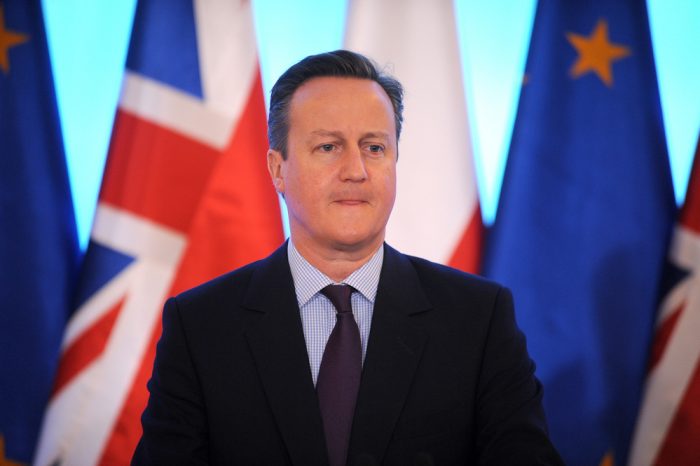“The tyranny of the majority” – really?
The phrase “the tyranny of the majority” is one that has been bandied around a lot recently. Some might be tempted to simply shrug it off as another example of Remoaners doing a bit of moaning. But the phrase actually encapsulates a serious point about the limits of democracy in a diverse, modern society. Whether the Remain voters are using the phrase correctly is, however, another question.
John Major talked about “the tyranny of the majority” at some length last November. He first used the phrase in a speech to a dinner in Westminster. Sir John made it very clear that he wanted the views of the 48% who had voted “Remain” to be taken into account by the government during its negotiations with the EU.
Tim Farron and Tony Blair quickly came out in agreement (no surprises there) as did many others. A common theme was that another referendum should be held before Britain actually left the EU. The idea was that the simple majority of votes cast in June 2016 should not determine Britain’s future for ever. That seems to be what these Remain supporters mean by “the tyranny of the majority”.
But that is not how the phrase is usually meant nor used.
The phrase was first used by American founding father Alexander Hamilton during the drafting of the Constitution of the USA back in the 18th century. Hamilton worried that if there was a permanent majority of people with one viewpoint, they could use it to oppress and disempower those with a different viewpoint.
An example being bandied around at the time was that the densely populated industrial cities might use their voting power to penalise the more thinly populated agricultural areas. Perhaps agricultural exports would be highly taxed, but no taxes put on industrial exports. So those in rural communities would be economically penalised by a larger bloc of voters. That would be unfair.
Hamilton and his colleagues sought to get around this by setting up the electoral college system for the Presidential elections and the way states have weighted voting in the US Senate. Not a perfect solution, but at least they recognised the problem and made an effort to solve it.
A more recent example in the UK might be the fox hunting ban. A majority of the population live in urban areas and prefer not to see foxes hunted by florid-faced stereotypes in red jackets on horseback. The realities of the situation in rural areas played little part in the debate. The urban majority got their way, and look set to continue to get their way for the forseeable future.
That is a real example of “the tyranny of the majority”. One section of the nation has been permanently oppressed by another, larger section which has no stake in the outcome of the oppression. I do not recall Major, Blair or Farron objecting then.
By comparison the EU Referendum vote was a simple exercise in direct democracy. Now, you may or may not approve of referendums [I’ll come back to that another time], but “the tyranny of the majority” it most certainly is not.
Photo by Chatham House, London 








